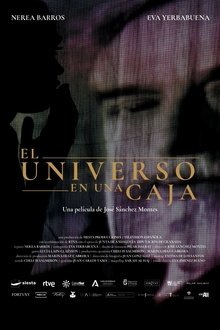In the sixties, Swedish filmmaker Ingmar Bergman (1918-2007) built a house on the remote island of Fårö, located in the Baltic Sea, and left Stockholm to live there. When he died, the house was preserved. A group of very special film buffs, came from all over the world, travel to Fårö in search of the genius and his legacy. (An abridged version of Bergman's Video, 2012.)
Related Movies
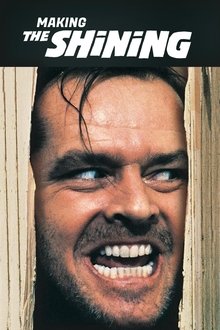
Making 'The Shining' (1980)
Directed and edited by Stanley Kubrick's daughter Vivian Kubrick, this film offers a look behind the scenes during the making of The Shining.
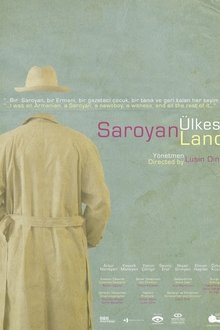
Saroyanland (2013)
Saroyanland is a docu-drama focusing on the journey of famous writer William Saroyan to the birthplace of his Armenian family Bitlis, in Turkey in 1964. While retaking the same road, the film aims to understand Saroyan's unique attitude to belonging, witnessing the self-discovery of a man who followed the traces of his Armenian ancestors.
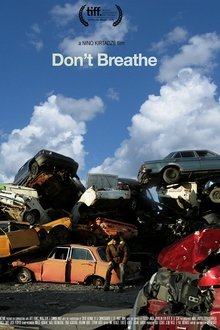
Don't Breathe (2014)
Don’t Breathe is a dark comedy set in Georgia that follows the tribulations of a middle-aged man, Levan, who is suddenly led to question his existence because of a routine medical examination. It sends him into a downward spiral of paranoia and doubt as he fumbles his way through the theatre of the absurd that we call life. Using humour and a playful tone, the film examines the fragility of human nature, when our bearings get lost and our imagination takes over, highlighting our common fears, doubts, hopes and resilience.

Princess Fragrance (1987)
Princess Fragrance is a 1987 Hong Kong film based on Louis Cha's novel The Book and the Sword. The film is a sequel to The Romance of Book and Sword, which was released earlier in the same month and was also directed by Ann Hui.

Control Room (2004)
A chronicle which provides a rare window into the international perception of the Iraq War, courtesy of Al Jazeera, the Arab world's most popular news outlet. Roundly criticized by Cabinet members and Pentagon officials for reporting with a pro-Iraqi bias, and strongly condemned for frequently airing civilian causalities as well as footage of American POWs, the station has revealed (and continues to show the world) everything about the Iraq War that the Bush administration did not want it to see.

Nirvana: Unplugged In New York (1993)
A live album by American rock band Nirvana, the album features an acoustic performance recorded at Sony Music Studios in New York City on 18 November 1993, for the television series MTV Unplugged.

Sister Aimee (2007)
At the peak of her immense popularity in the 1920s, evangelist Aimee Semple McPherson was drawing larger crowds to her revivals than those of P.T. Barnum or Harry Houdini. This chapter of "American Experience" paints a vivid portrait of the controversial and charismatic religious figure. Credited with mainstreaming religion in American culture, Sister Aimee created one of the country's first Christian radio stations, among other accomplishments.

A Pretty British Affair (1981)
Detailed interview with Michael Powell and Emeric Pressburger looking back at their long career as influential British film-makers and their unusual partnership. Includes clips from many of their films.

The Invisible Half: Luis García Berlanga's The Executioner (2012)
Documentary about Spanish director Luis García Berlanga's "The Executioner" (1963)

'In a Lonely Place' Revisited (2003)
Documentary about Nicholas Ray's film "In a Lonely Place" (1950).
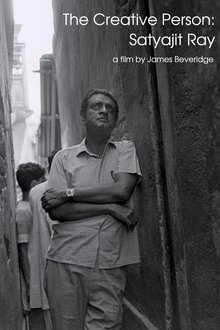
The Creative Person: Satyajit Ray (1967)
In 1967, Canadian documentarian James Beveridge traveled to Kolkata to film director Satyajit Ray at work. The resulting program, produced for the American public television series “The Creative Person,” features interviews with Ray, several of his actors and crew members, and film critic Chidananda Das Gupta.

The Sunrise Storyteller (2017)
Kasha Sequoia Slavner, aka The Sunrise Storyteller, is an 18-year old filmmaker, photographer, entrepreneur, young global leader and peace advocate. As a concerned high school student, disillusioned and outraged by the negativity and powerlessness she felt as a consumer of mainstream media, Kasha was compelled to find an alternative narrative. On her 16th birthday on an ambitious mission to travel the world for six months with her mom, camera in hand and no clear road map, she finds herself intersecting with the lives of people determined to rise above adversity.

In the Realm of the Senses: Recalling the Film (2003)
Documentary about the making of Nagisa Oshima's 1976 film.
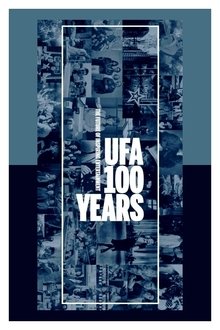
100 Years of the UFA (2017)
The intricate history of UFA, a film production company founded in 1917 that has survived the Weimar Republic, the Nazi regime, the Adenauer era and the many and tumultuous events of contemporary Germany, and has always been the epicenter of the German film industry.

Pure Love: The Voice of Ella Fitzgerald (2017)
Ella Fitzgerald's voice is a phenomenon and unrivalled to this day. She had the perfect pitch and perfect intonation. Ella's voice spanned three octaves, her phrasing seemed effortless. There is almost no style of music, in which she did not excel, and her numerous - now legendary - recordings of the 'Great American Songbook' with pieces of US composers such as George and Ira Gershwin, Harald Arlen, Cole Porter or Duke Ellington, remained a benchmark for the "right" interpretation of those songs for generations of singers. In the film the focus will be on the voice of Ella Fitzgerald. We want to unravel the secret of her voice through many different people (musicians, singers, critics etc.), who will tell about what impact her voice had on them and still has. We want to learn more about Ella´s life to find out what made her sing like she did and only she could.

Bernardo Bertolucci's Chinese Adventure (1986)
Documentary about the making of Italian film director Bernardo Bertolucci's The Last Emperor.
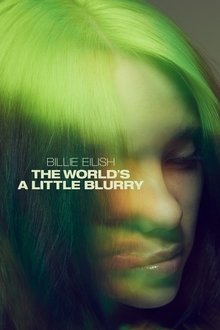
Billie Eilish: The World's a Little Blurry (2021)
This documentary offers a deeply intimate look at extraordinary teenager Billie Eilish. Award-winning filmmaker R.J. Cutler follows her journey on the road, onstage, and at home with her family as the writing and recording of her debut album changes her life.
